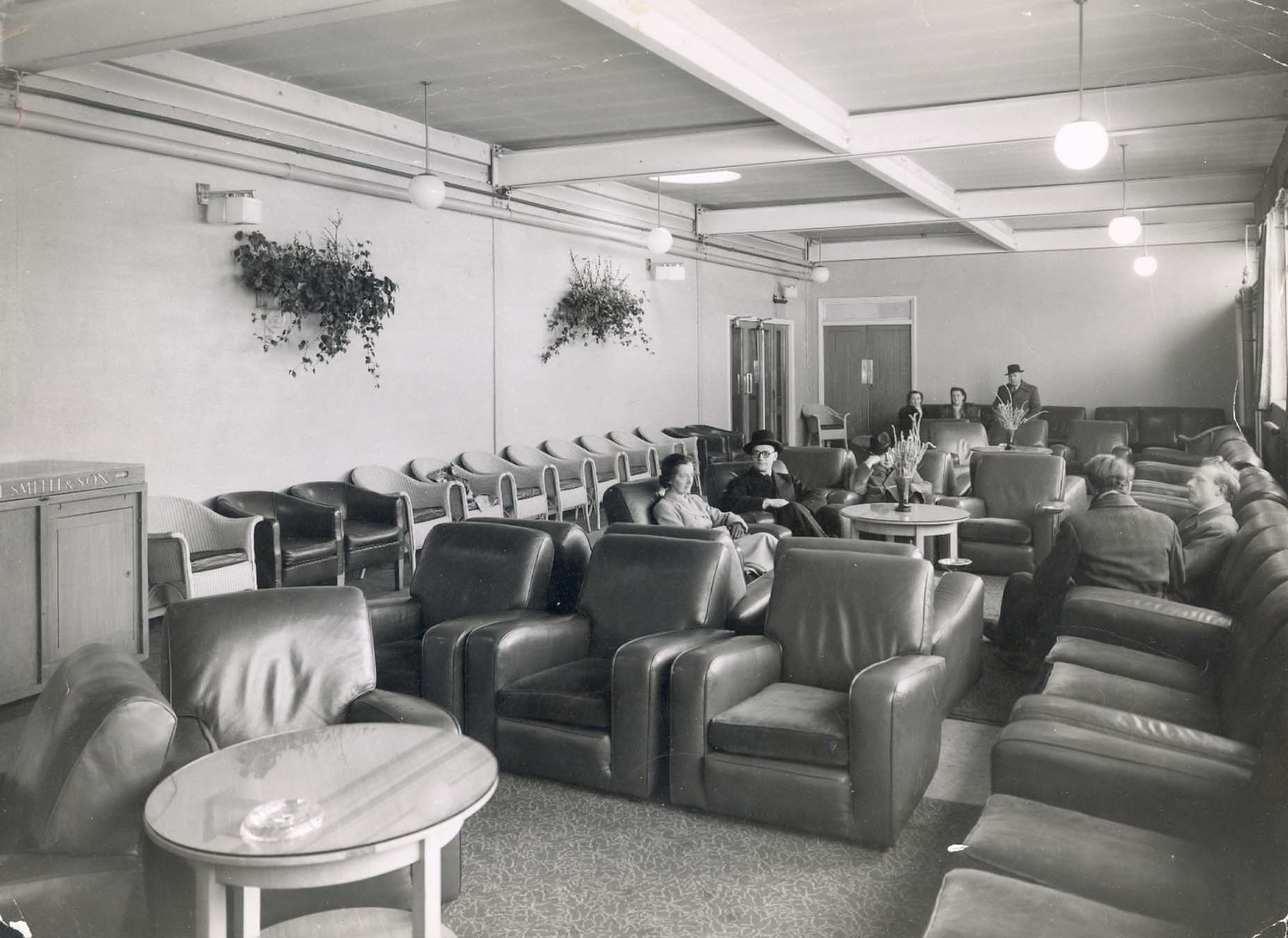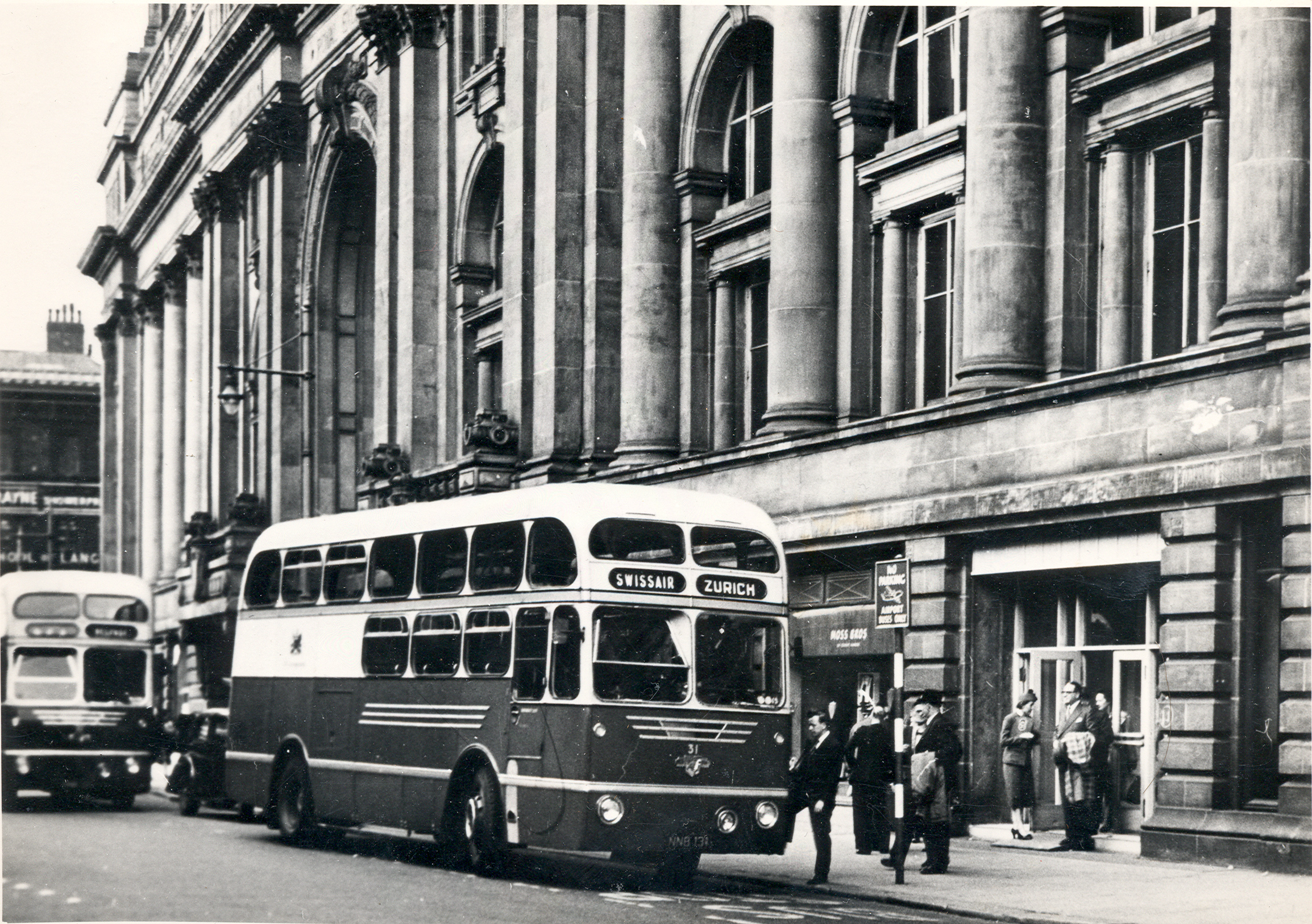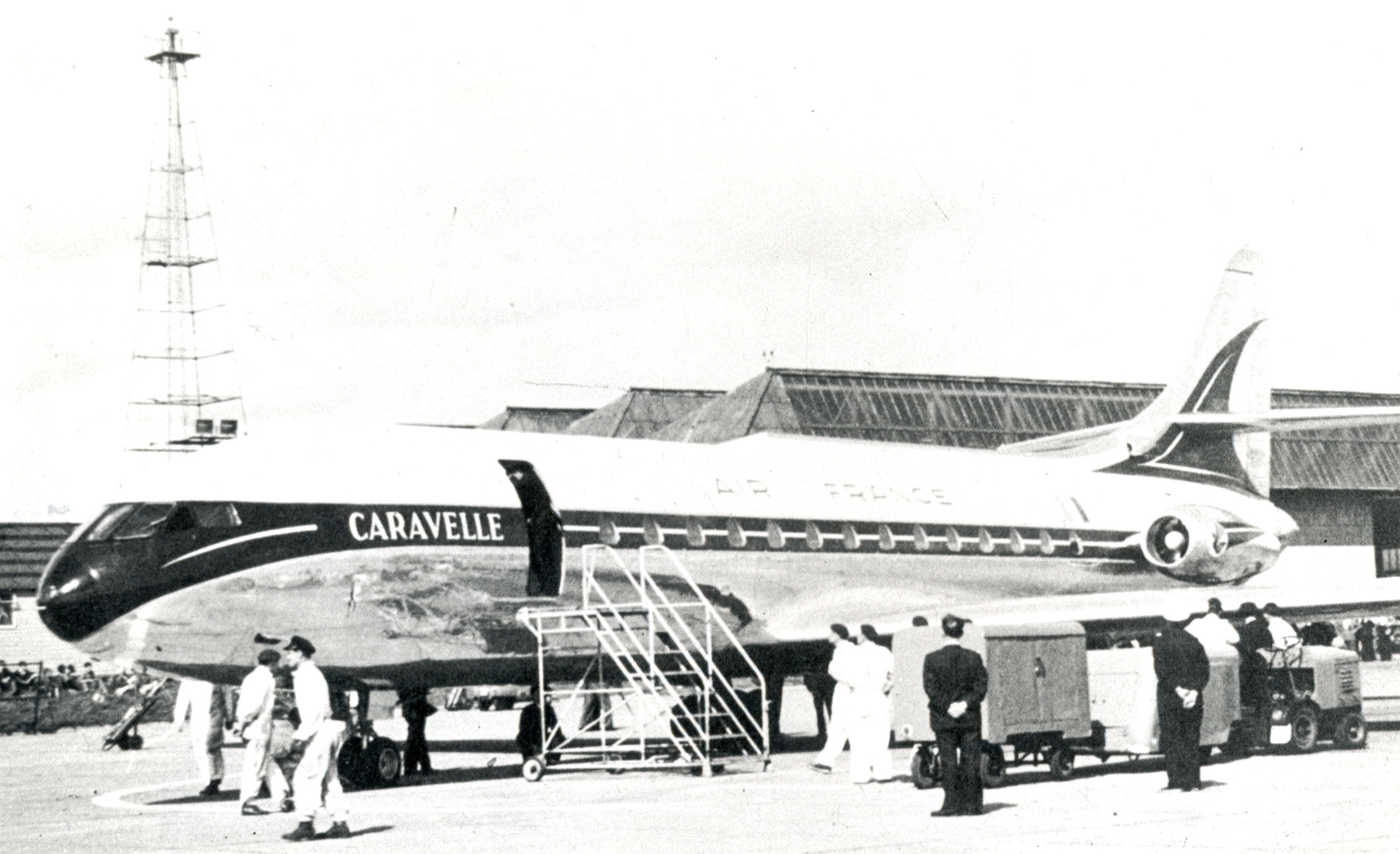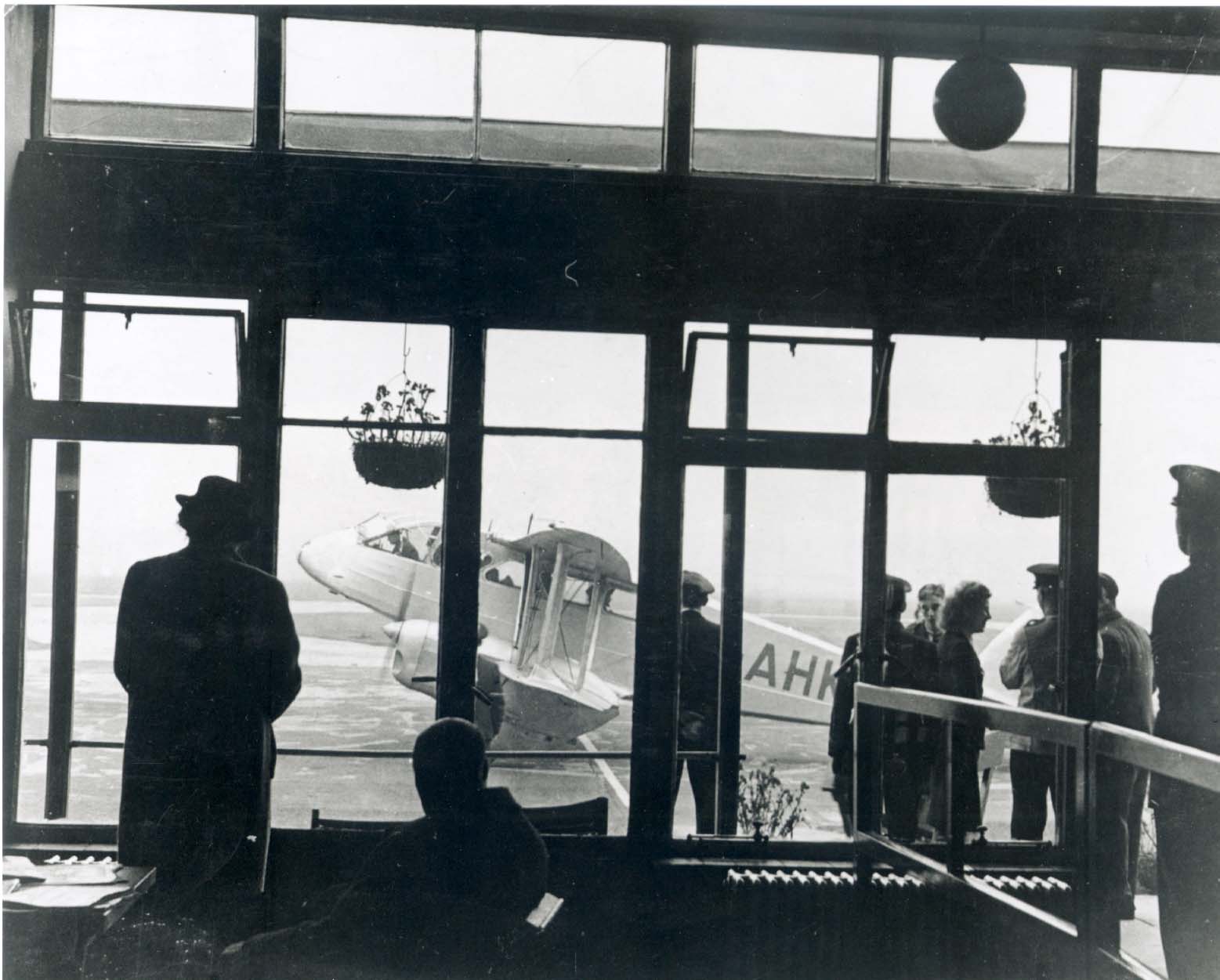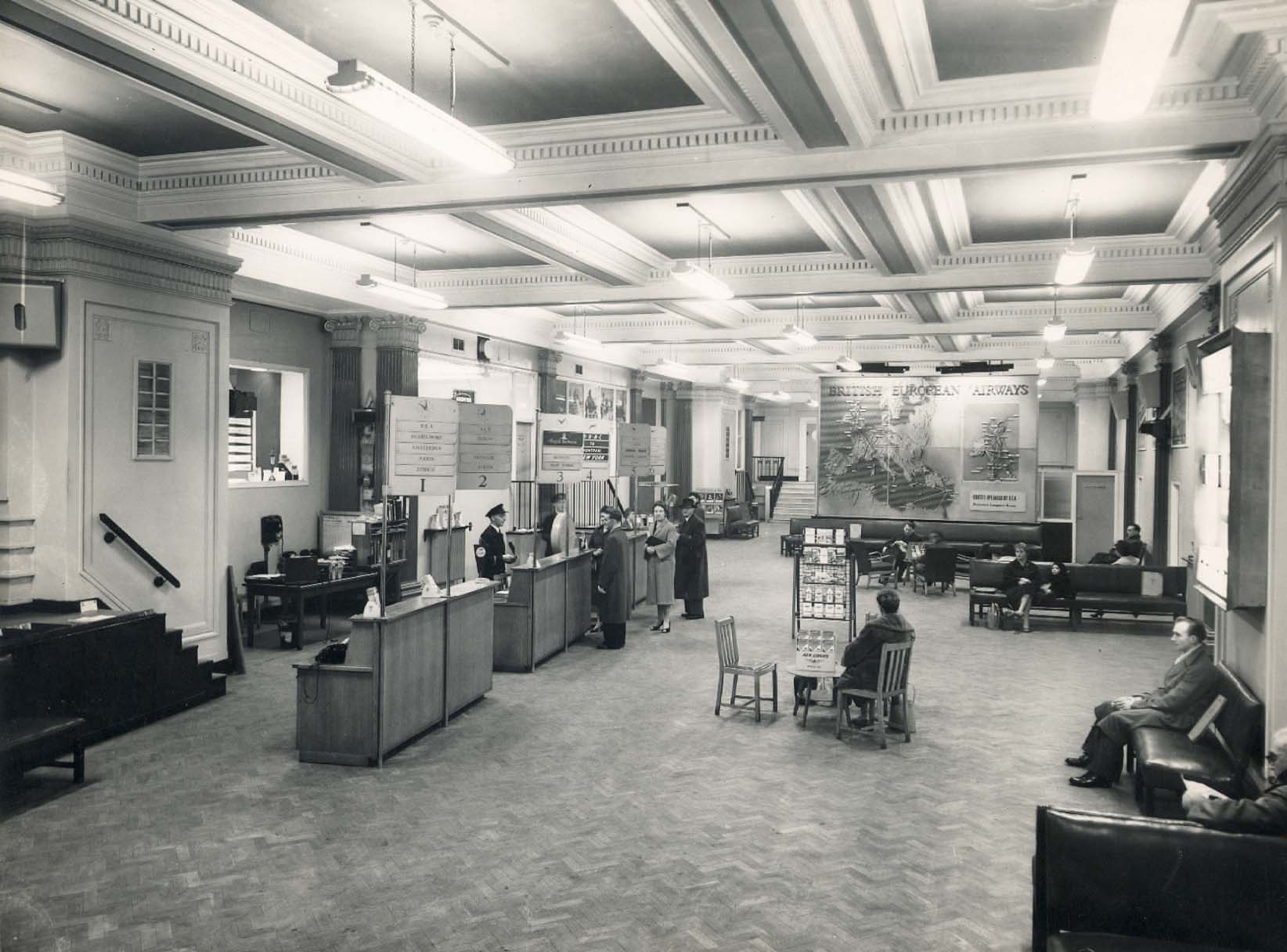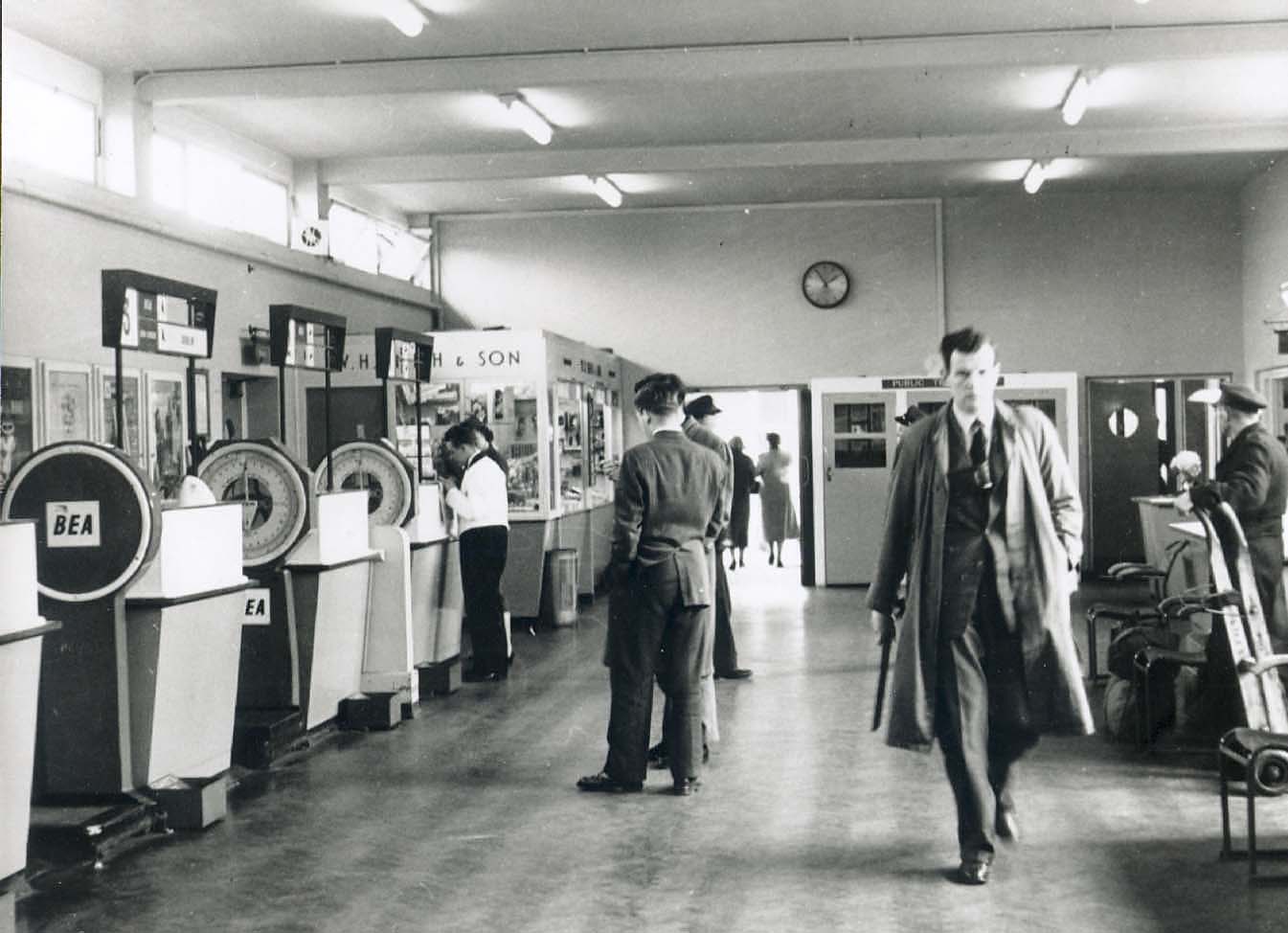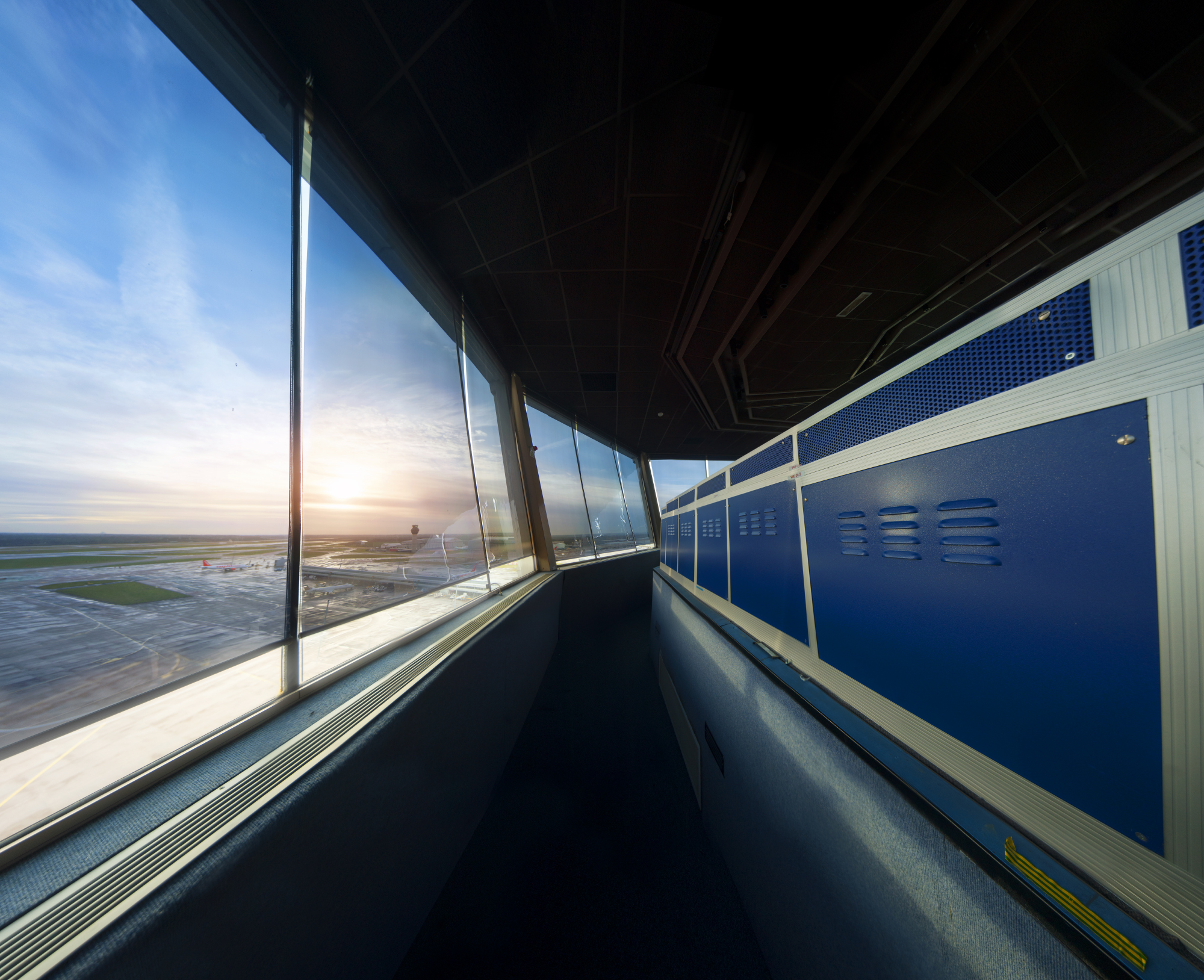AN ABANDONED LOOKOUT
WRITTEN BY Hayley Flynn
IMAGES BY Andrew Brooks
READING TIME: 7 Minutes
As the airport's newest control tower opens we peer inside the one they've left behind.
Manchester Airport evokes great memories for me, not so much the flying away to a far off land, rather it makes me remember the air-fix models you could buy from duty free and of the plane spotters gathered together on the roof of the airport with their radios that tuned in to air traffic control. My dad wasn’t quite a plane spotter but we did have those models around the house and he did take me to loiter behind people who had those radios. I’m sure he would have liked a radio of his own someday but this stealth listening had two selling points, it was effortless and it was free.
In the summertime, as a child, the airport was our most popular haunt. We’d wander around the great lounge marvelling at those huge Venetian glass chandeliers that hung so majestically amidst the shops in the departure lounge.
The chandeliers weigh almost 2 tons each and were designed by royal architect Stefan Buzas, originally the chandeliers included pieces of coloured glass but during a cleanup to remove tobacco stains it was decided that the the design would be modernised by the removal of the coloured shards.
The chandeliers were removed from the airport entirely in 2003, one is housed at St Helens World of Glass (here), a second is at MOSI but remains in storage to this day having never been displayed, and a third was purportedly used as part of Helen Maurer’s Light Landing piece at Tatton Biennial. Number four is said to be kept in storage at the airport but the airport haven't confirmed this. Speaking to a spokesperson for St Helen's World of Glass he informed us that the unofficial reason for removing the chandeliers is the scale of damage they would do should there be a terrorist attack, if a bomb was to be detonated the glass from them would shatter into shards and act like thousands of knives flying off in multiple directions.
Once my dad and I had browsed the travel gadgets on sale and leafed through the albums in the music shop we’d head over to the runway. And it’s the runway that’s the reason for my visit today - to explore the old air traffic control tower with photographer Andrew Brooks.
The new control tower, built to replace this one, was built in just nine days and opened last summer on the airport’s 75th anniversary, it was nominated for the Building of the Year by Greater Manchester Chamber of Commerce, but lost out to Number One Riverside in Rochdale.
Here in the original control tower there’s a palpable feeling of abandonment - some electronic displays are still lit up as if the last person to leave did so in a hurry, and it’s really quite eerie.
From the tower you can see for miles, yet part of the reason for closure was the things you couldn’t see - you might have great views of Jodrell Bank from here but the end of Runway 2 wasn’t visible without the help of CCTV.
What’s surprising to see is the system employed for plane stacks, or queues. It’s evidently an entirely manual approach and relied upon on good communication and a series of boards that are passed around the tower, and slotted into the right positions on charts. Now these systems are fully automated and in case of power failures there are generators on site.
The old tower is already a relic, operational since 1962 and mounted atop a now rather shabby looking building from the same period, it’s accessed by a rickety and rather claustrophobic lift to an office floor then via a spiral staircase at the end of a thin corridor, the rest of the building is largely empty and feels like being in school during the holidays.
The new control tower, untainted and majestic, purpose built and lofty, looks down on the squat old look-out with its manual and analogue ways. The air traffic equivalent of an ivory tower.
Before the airport that we know today there were several airfields that preceded it. The first flight into Manchester was by Louis Paulhan in 1910 who landed in Burnage a year before a dedicated airfield was introduced.
Since 1911 the airport’s previous incarnations were Trafford Park Aerodrome, Alexandra Park Aerodrome, Woodford Aerodrome, Wythenshawe Aerodrome, and City Airport Manchester (also known as Barton Aerodrome).
City Airport Manchester is still a functioning airport and is used for light aircraft and helicopters. Manchester itself had big plans for helicopters and Victoria station had blueprints drawn up that included a helipad on the roof at a time when helicopter travel was being seriously considered as a viable commuter option between major cities. Other sites that were considered in the plan included Castlefield, Strangeways, and Piccadilly Gardens. In 1953, three years before the Manchester plans were drawn up, during a debate in Parliament it was said that “we are on the threshold of a helicopter age in Britain for internal passenger transport…”
Other city centre forays into the realm of aviation are commemorated in the naming of a street by Victoria Station, Balloon Street was the site where a James Sadler, an Oxford man, ascended in a hot air balloon in 1785.
Manchester Airport Chandeliers
In 1917 Alexandra Park Aerodrome was Manchester’s second airfield and is what we know today as Hough End playing fields, though the layout has changed somewhat with the addition of Princess Parkway. In 1919 the Avro Transport Company began operating the UK’s first scheduled domestic flights from Alexandra Park. The route was Manchester to Blackpool, via Southport. It ran daily for 6 months on a three seat light aircraft and took 45 minutes. Some years later, in 1922, a new route opened from Manchester to Croydon. In 1924 flights at the aerodrome ceased - the land owner, Maurice Egerton had imposed this short five year span of activity in the terms of his lease.
The concourse
The aerodrome was named after the neighbouring Withington railway station, Alexandra Park, which in 1923 became Wilbraham Road railway station - a site now merely a memory entangled in the cycle path of Fallowfield Loop. The station is most famous for Blues and Gospel Train; a 1964 event organised by Granada TV where the then abandoned station was decked out as if one from the deep south of America, renamed Chorltonville for the day and played host to Muddy Waters, Sonny Terry, Brownie McGhee, Rev Gray Davies and Rosetta Tharpe. The footage of Rosetta Tharpe remains one of my favourite videos, she dismounts her horse drawn carriage in the drizzle and with electric guitar in hand regales the audience with a perfect rendition of Didn’t It Rain. The location is often mistaken for what is now the Chorlton Metrolink station but Chorltonville station never existed.
Just down the road from Hough End playing fields, at Southern Cemetery, is the grave of Sir John Alcock. Alcock piloted the first non-stop transatlantic flight (from Canada to Ireland) with his navigator Arthur Whitten Brown in June 1911. Alcock was born at Seymour Grove in Stretford. He won £10,000 for his his achievement. He was just 27 when he died, six months after his landmark flight, after a crash during a foggy flight to Paris. His grave stone is in the shape of an aircraft propellor.
In the summer of 1938 the airport that we know today opened, originally known as Ringway the airport had 7,600 passengers in it’s first 14 months - today that’s the equivalent of a busy summer morning. The airport’s last flight before the war was September 1st 1939, it then became a training ground for parachutists as well as a manufacturing centre for aircraft.
Civilian flight from the airport began again in 1946 and the airport was able to be extended some years later thanks to the additional hangars built during wartime. In the 1950s an airport terminal was located off site, in the Royal Exchange on Cross Street, passengers of selected airlines could check in and be taken to the airport from here by a bus service (pictured above).
In 1980 air travel had become so commonplace that for the first time the airport saw half a million passengers in a month, by 1987 this figure was one million. The airports second runway was opened in 2001 and in 2007 the runway marking were all changed to reflect the shift in the earth’s magnetic field.
In 2009 the airport invested £19million into an educational academy at Wythenshawe. The airport is now the third largest in the UK.
Airport approach in the 1970s
Thanks to Manchester Airport for allowing us access to the former control tower and for supplying archive images.
Andrew Brooks is a photographer, a digital artist and a film maker living in Manchester, his previous works include the Secret Cities exhibitions with Curated Place Please visit his site to see these images and more from the visit, in high resolution and in all their glory - exactly as they should be viewed.













